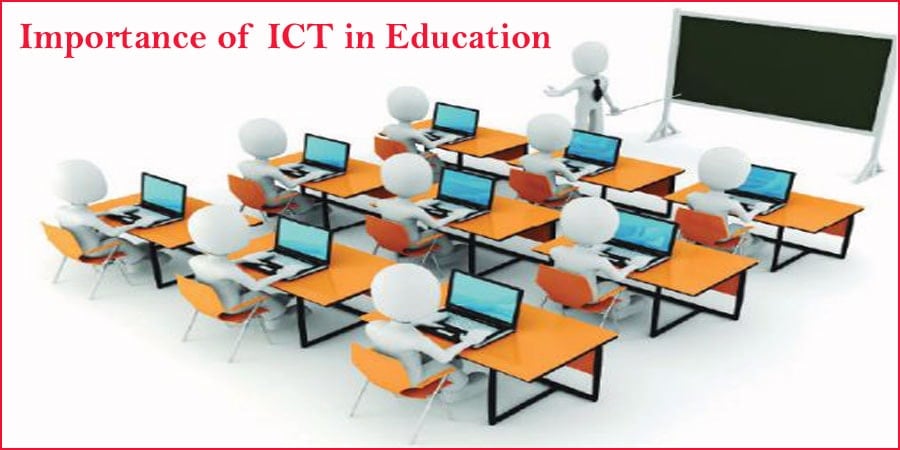What is ICT ?
ICT stands for Information and Communication Technologies. ICT refers to technologies that provide access to information through telecommunications. It is similar to Information Technology (IT), but focuses primarily on communication technologies. This includes the Internet, wireless networks, cell phones, and other communication mediums.
In the past few decades, information and communication technologies have provided society with a vast array of new communication capabilities. For example, people can communicate in real-time with others in different countries using technologies such as instant messaging, voice over IP (VoIP), and video-conferencing. Social networking websites like Facebook allow users from all over the world to remain in contact and communicate on a regular basis.
Modern information and communication technologies have created a global village, in which people can communicate with others across the world as if they were living next door. For this reason, ICT is often studied in the context of how modern communication technologies affect society.
Importance of ICT in Teaching and Learning Process
- It offers the wide variety of services.
- It is reliable and provides interactive learning experiences.
- It is flexible and provides comfortable learning.
- It motivates students to learn.
- It facilitates communication and promotes creativity.
- It also provides access to the digital library where information can be retrieved and stored beyond textbooks.
The use of ICT in education adds value to teaching and learning, by enhancing the effectiveness of learning. It added a dimension to learning that was not previously available. After the inception of ICT in schools, students found learning in a technology-enhanced environment more stimulating and engaging than in a traditional classroom environment.


No comments:
Post a Comment